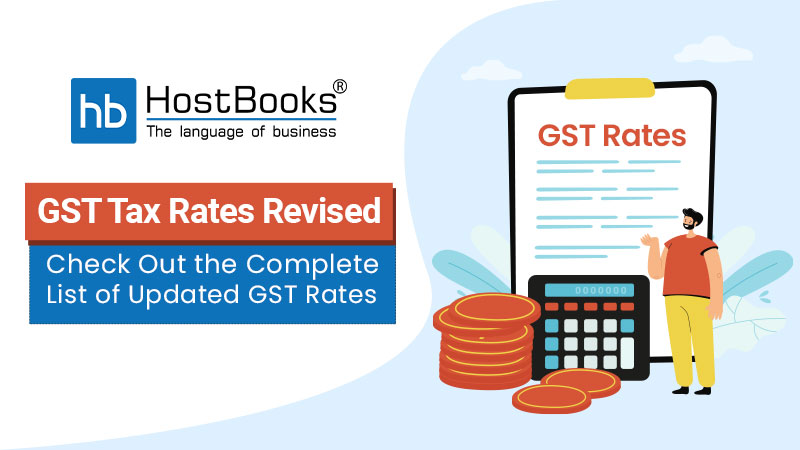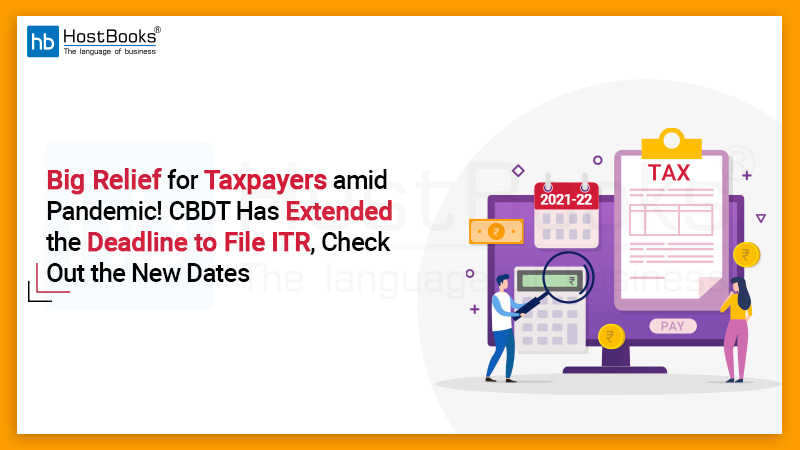5 Basic Rules to Keep in Mind While Filing ITR On Time

Source: The Economic Times
The July 31st, 2019 deadline is reaching nearer for filing Income Tax Return of Fiscal Year 2018-19. The Income Tax Department has already opened the window for filing various ITR forms, such as ITR-1, ITR-2, ITR-3, ITR-4, ITR-5, ITR-6 and ITR-7. ITR allows a taxpayer to carry-forward of loss and claims a refund from the income tax department. Not only has that but by filing ITR you also reduced the burden of tax payments. Every year, a taxpayer must communicate all their income earned from salary and/or other sources in a financial year to the department before the end of July.
The tax filing activity may seem tedious and time-consuming for many taxpayers. And the filing has to be done by the due date of 31st July 2019 for the FY 2018-19. Many people still find the tax filing process tedious and put off the task until the last minute.
Here are some of the fundamental steps to facilitate your tax filing for the FY 2018-19:
1. Tax Rules:
As a first step, a taxpayer needs to be aware of the changes in the tax rules that impact his/her tax liability for the current year i.e. FY 2018-19. These are –
Introduction of flat standard deduction of ₹ 40,000 against salary income in place of transport allowance of ₹ 19,200 and medical allowance of ₹ 15,000 claimed by employees earlier.
A levy of health and education cess of 4% in place of education cess of 3%.
Rebate under section 87A has now been reduced to ₹ 2,500 from ₹ 5,000. The rebate is available for resident individuals whose total annual income does not exceed ₹ 3, 50,000.
A long term capital gains tax was introduced on the sale of equity shares, equity-oriented mutual funds or units of business trust on gains in excess of ₹ 1 Lakh per FY.
2. Aggregating Income and TDS:
Taxpayers are required to aggregate their incomes from various sources for tax purposes. Your annual income may consist of income from salary, rental income from any property, other sources such as interest on savings bank accounts and fixed deposits, capital gains on the sale of assets and income from business or profession.
Taxpayers have to aggregate their income, their investments and their Tax Deducted at Source accumulated for the FY 2018-19. This information will enable a taxpayer in calculating income and tax liabilities for the FY 2018-19.
It is good to note here that taxpayers should also verify the TDS details with their Form 26AS. Form 26AS is an aggregated TDS summary statement showing all tax deducted against your PAN for an FY e.g., TDS on salary, TDS on interest from deposits. In case of any difference between the TDS amounts shown in Form 26AS and taxpayer’s TDS certificates/Form 16, the taxpayer should have it rectified from their employer, banker, etc.
3. Choosing the Correct ITR Form:
After aggregating the income, taxes, and investments, you need to choose the ITR form for filing the income tax return. For the AY 2019-20:
ITR-1 can be used by resident individual taxpayers whose total annual income is just up to ₹ 50 Lakh. Such taxpayers can report income from salary, one house property, and other sources.
Taxpayers who are ineligible to file ITR-1 can file ITR-2. Specifically, a taxpayer who is a director in a company, or who is holding unlisted equity shares cannot file ITR-1.
Taxpayers who have income from business profession can file his/her IT Return using ITR-3 or ITR-4.
4. Filling up the ITR:
Taxpayers can fill in the details of income from various sources in the ITR form applicable to you. From the gross total income aggregated from various sources, a taxpayer can claim deductions for certain eligible investments such as PF contribution, LIC premiums, repayment of housing loans and payment of tuition fees for children.
You should also claim deduction/credit for TDS on your salary, interest income, etc., against their tax payable. TDS is the tax the employer deducts on salary earned or banker deducts on your interest income. Taxpayers can claim credit for the TDS while filing their ITR.
5. Verification of ITR and Other Key Details:
Other key details that need to be disclosed include –
The number of days of stay in India and in the earlier years under the classification of resident/non-resident in India.
Mention and link Aadhaar number while filing the Income Tax Return. Also, mention the bank accounts held by the taxpayer and the bank account for receiving a refund if any.
Verification of ITR uploaded. The return can be e-verified using Aadhaar etc. or a printed copy of the acknowledgment sent to the Central Processing Center Bengaluru.
Therefore, following these 5 steps will ensure that you are ready for the returns filing activity. Also, taxpayers should keep all the documents that acknowledge the income, investments, deductions, and exemptions handy. This will expedite the process of filing.

Try HostBooks
SuperApp Today
Create a free account to get access and start
creating something amazing right now!

















